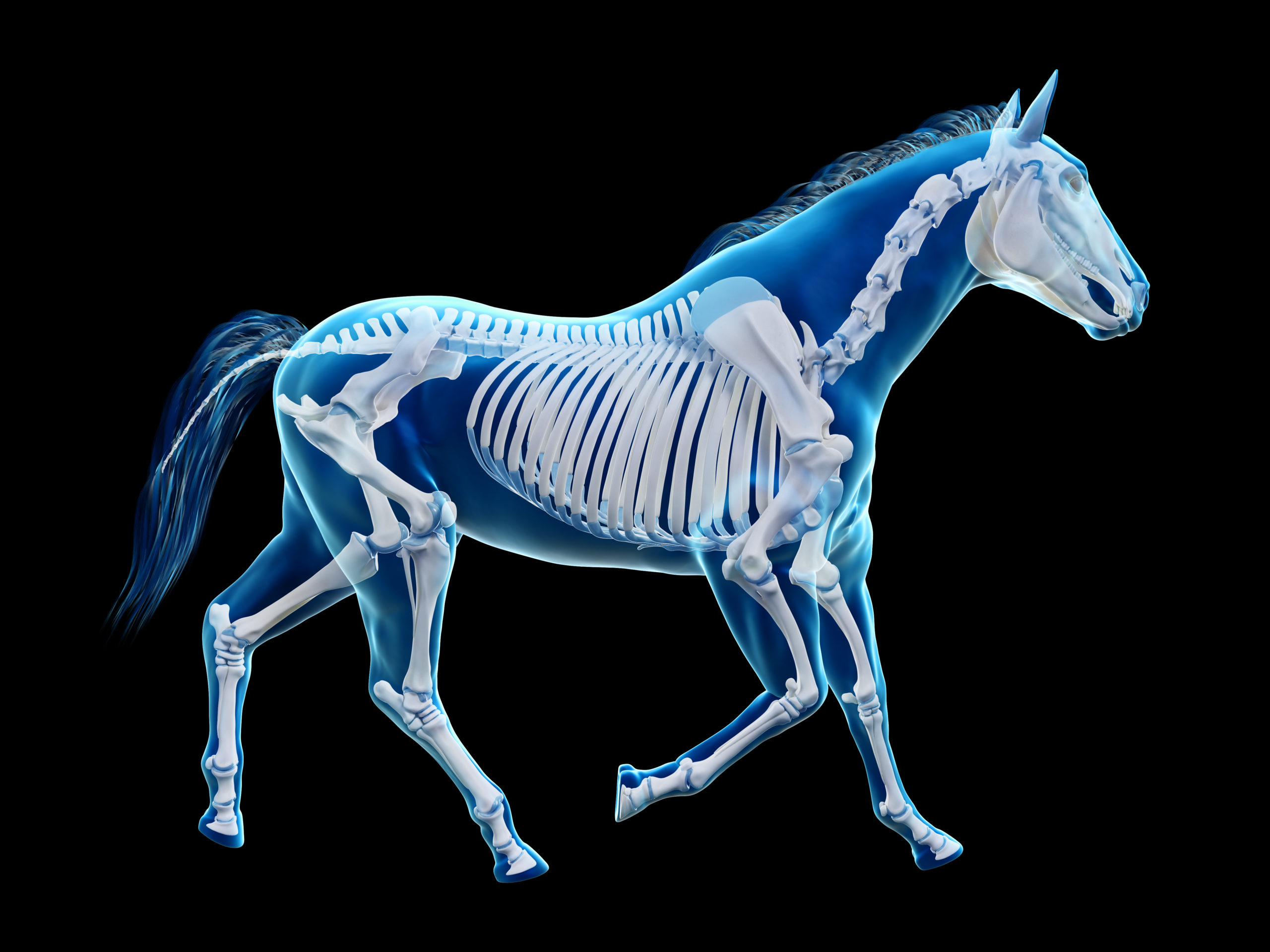Alan Gishlick and the NCSE
Full of Sound and Fury, Signifying Nothing New on the Icons of Evolution A response to "Icons of Evolution?" at NCSEOn November 22, 2002, the National Center for Science Education posted Alan D. Gishlick’s “Icons of Evolution?: Why much of what Jonathan Wells writes about evolution is wrong” on their website.
Gishlick’s piece is a long-winded version of a review of my book, Icons of Evolution: Why much of what we teach about evolution is wrong (Regnery, 2000), that he and NCSE President Kevin Padian published in March, 2002, in The Quarterly Review of Biology. Like their review, Gishlick’s new essay is primarily an attempt to defend the icons; and like the review, Gishlick’s essay is heavily seasoned with ad hominem attacks on me. But it adds nothing substantially new to the debate.
One point that Gishlick’s essay establishes beyond a shadow of a doubt, however, is that the icons of evolution are NOT simply textbook mistakes. In their March book review, Padian and Gishlick likened me to “kids who used to write to the letters page of Superman comics years ago” to complain about trivial typos. “Okay, kid,” they wrote, “mistakes happen, but did it really affect the story?” Apparently, Gishlick has decided that the icons of evolution are not simply mistakes that can be corrected or ignored; instead, they must be defended at all costs. Gishlick’s essay thereby reaffirms what I wrote in my response to published book reviews (including the one by him and Padian) a few months ago:
“If Darwinists could show that my criticisms of the icons of evolution were unwarranted, or if they would stop trying lamely to defend the icons and simply replace them with better evidence, I would drop my case. But Darwinists cannot defend the icons, and they cannot afford to abandon them, so they resort to insults and smears.”
Unfortunately for Gishlick, the cats are already out of the bag. When I lectured to biology students on a state university campus recently, their professors were incredulous when I told them that some people still defend the Miller-Urey experiment, Haeckel’s embryo drawings and the peppered myth. The NCSE’s desperate attempts to defend the indefensible are not fooling biologists in the field.
For more information, and for my previous responses to the sorts of things Gishlick rehashes in his essay, see my postings on the Discovery Institute website, especially the following:
- “Critics Rave Over Icons of Evolution: A Response to Published Reviews” (June 12, 2002)
- “Inherit the Spin: Darwinists Answer ‘Ten Questions’ with Evasions and Falsehoods” (January 15, 2002)
- “Desperately Defending the Peppered Myth: A Response to Bruce Grant” (October 2, 2002)
- “Moth-eaten Statistics: A Reply to Kenneth R. Miller” (April 16, 2002)
- “There You Go Again: A Response to Kenneth R. Miller” (April 9, 2002)
